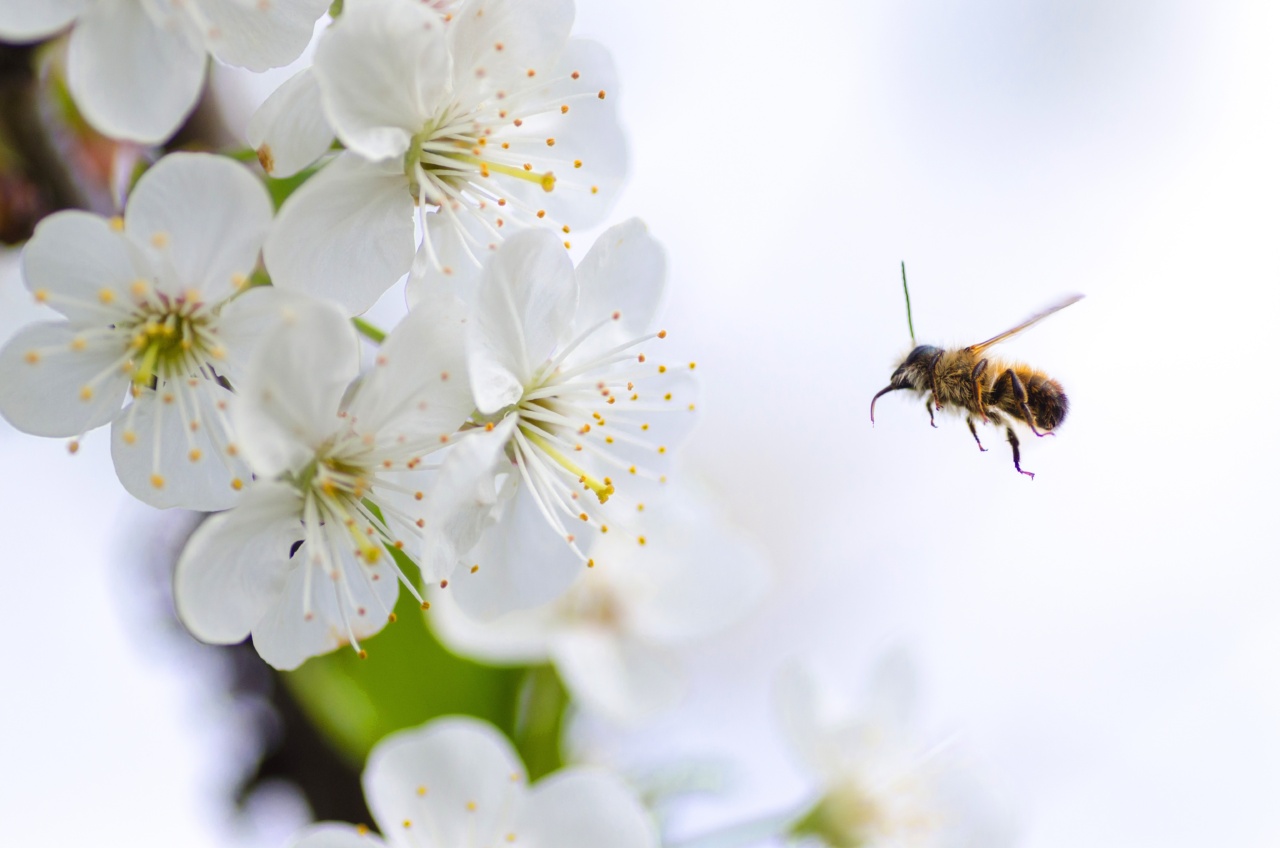Bee stings can be painful and even dangerous for some individuals. The venom injected by bees can cause a variety of reactions, ranging from mild swelling and itching to severe allergic reactions.
Knowing how to treat bee stings quickly and effectively is essential for providing immediate relief and preventing any complications. In this article, we will explore different methods and remedies to help you deal with bee stings effectively.
1. Remove the Stinger
The first step in treating a bee sting is to remove the stinger. Bees leave their stingers behind when they sting, and removing it promptly can help reduce the amount of venom injected.
Use a straight-edged object such as a credit card to scrape the area and push out the stinger.
2. Wash the Affected Area
Once the stinger is removed, wash the affected area with mild soap and water. This helps in preventing any infection and also removes any residual venom left on the skin.
3. Apply Cold Compress
To reduce pain, swelling, and inflammation, apply a cold compress to the affected area. You can use an ice pack wrapped in a cloth or a bag of frozen vegetables. Apply the cold compress for about 10-15 minutes at a time, a few times throughout the day.
4. Use Over-the-Counter Topical Creams
Applying over-the-counter topical creams or ointments can provide relief from itching and minimize the discomfort caused by bee stings.
Look for creams containing ingredients like hydrocortisone or calamine lotion and follow the instructions on the packaging.
5. Take Oral Antihistamines
If you experience significant itching or an allergic reaction to the bee sting, oral antihistamines can be helpful. They can reduce itching, swelling, and other allergic symptoms. However, consult a healthcare professional before taking any medication.
6. Try Natural Remedies
Several natural remedies can help soothe bee stings and aid in the healing process. Applying a paste made from baking soda and water to the affected area can help neutralize the venom and reduce swelling.
Aloe vera gel can also provide relief by cooling and moisturizing the skin.
7. Elevate the Affected Area
If the bee sting is on a limb, elevating the affected area can help reduce swelling. This method is particularly effective if the sting is on the arm or leg. Raise the limb above the level of your heart to promote drainage and reduce swelling.
8. Avoid Scratching
As tempting as it may be, avoid scratching the bee sting area. Scratching can increase irritation, cause further damage to the skin, and even lead to infection. Instead, focus on using remedies to alleviate the itching and discomfort.
9. Monitor for Allergic Reactions
It is important to monitor for any signs of an allergic reaction after a bee sting. If you experience symptoms such as difficulty breathing, dizziness, or swelling of the face and throat, seek immediate medical attention.
These signs could indicate a severe allergic reaction known as anaphylaxis, which requires emergency treatment.
10. Prevention Tips
While it’s not always possible to prevent bee stings, there are certain precautions you can take to minimize your risk:.
- Avoid wearing brightly colored clothing or strong fragrances, as they can attract bees.
- Keep food and sugary drinks covered when outdoors to avoid attracting bees.
- Be cautious when around flowering plants or garbage cans, as they can be a bee magnet.
- If a bee is nearby, remain calm and avoid swatting or making sudden movements.
- Consider wearing protective clothing, such as long sleeves and pants, when spending time in bee-populated areas.
By following these prevention tips, you can significantly reduce your chances of encountering a bee sting.































